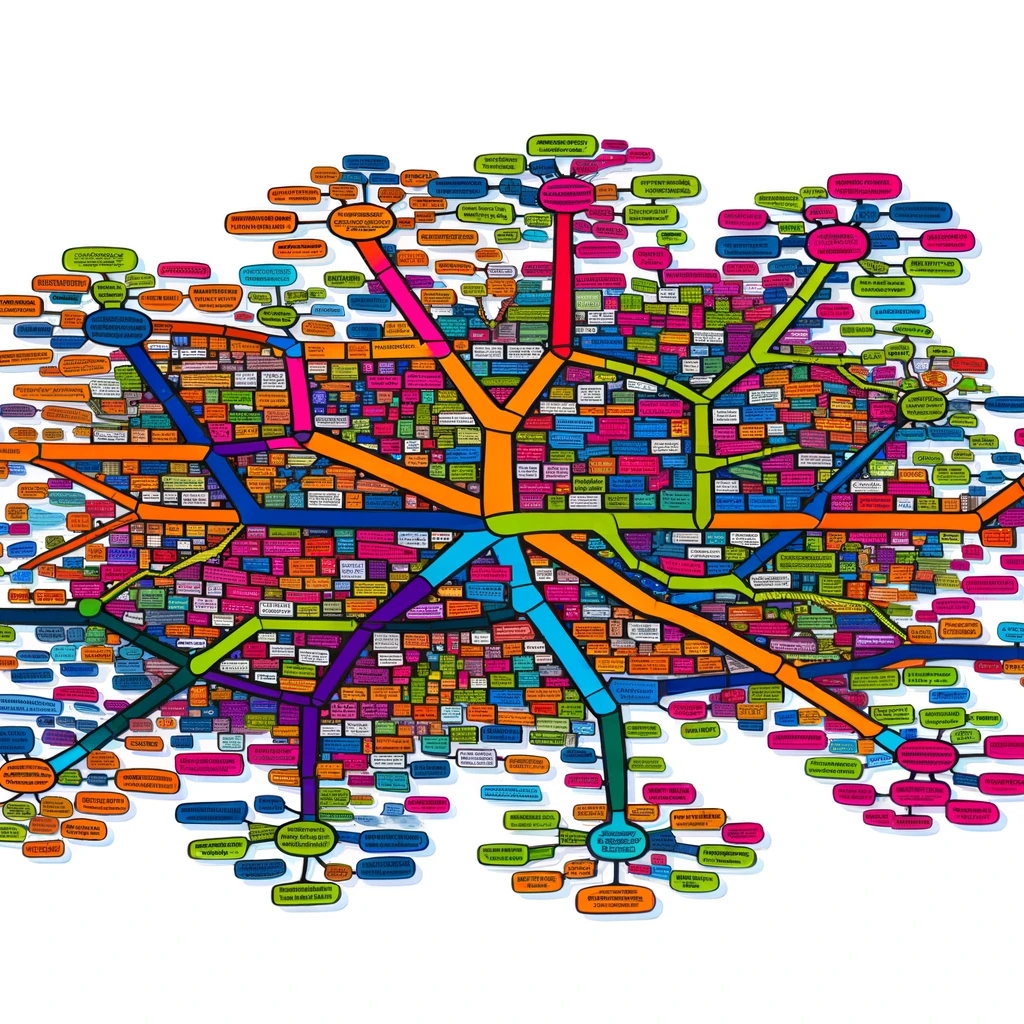
The Power of Mind Maps in Revision and Study
In the realm of education and personal development, students and professionals alike are constantly seeking methods to enhance their learning and retention abilities. One such method that has gained popularity is the use of mind maps. These visual tools are not only effective in organizing information but also foster creativity and improve memory retention.
Understanding Mind Maps
Mind maps are diagrams used to visually organize information. They are often created around a single concept, drawn as an image in the center of a blank page, to which associated representations of ideas such as images, words, and parts of words are added. Major categories radiate from this central image as branches, and subcategories are represented as additional branches. This structure encourages a brainstorming approach to planning and organizing tasks.
Benefits of Using Mind Maps
Mind maps offer several advantages that make them an ideal tool for study and revision:
- Enhanced Memory: The visual format of mind maps mimics the brain’s natural way of processing information, which can aid in memory retention.
- Improved Creativity: The non-linear structure allows for more free-flowing thinking, which can inspire creativity and innovation.
- Efficient Learning: By focusing on key concepts and their relationships, mind maps help in prioritizing information and understanding complex topics more easily.
How to Create a Mind Map
Creating a mind map is simple and requires only a few steps:
- Start with a Central Idea: At the center of the page, write or draw the main concept or topic you want to explore.
- Add Branches for Major Categories: Draw lines radiating from the central idea and label these with major themes or categories.
- Add Sub-Branches for Details: For each major branch, add sub-branches to capture more specific details or related topics.
- Use Colors and Images: Incorporate colors, symbols, and images to differentiate branches and enhance visual appeal.
Mind Maps in Academic Settings
In academic settings, mind maps can be used for a variety of purposes:
- Note-taking: During lectures or while reading, students can use mind maps to capture and organize information in a manner that aligns with their learning style.
- Exam Preparation: Revising with mind maps can help students consolidate their knowledge and identify areas that need further study.
- Project Planning: For group projects, mind maps can facilitate brainstorming sessions and help in outlining the project plan.
Conclusion
Mind maps are a powerful tool for anyone looking to enhance their revision and study techniques. By leveraging the brain’s natural tendency to process visual information, mind maps enable learners to retain information more efficiently, foster creativity, and simplify complex concepts. As you incorporate mind maps into your study routine, you may find a significant improvement in your ability to learn and recall information.
Related Articles





